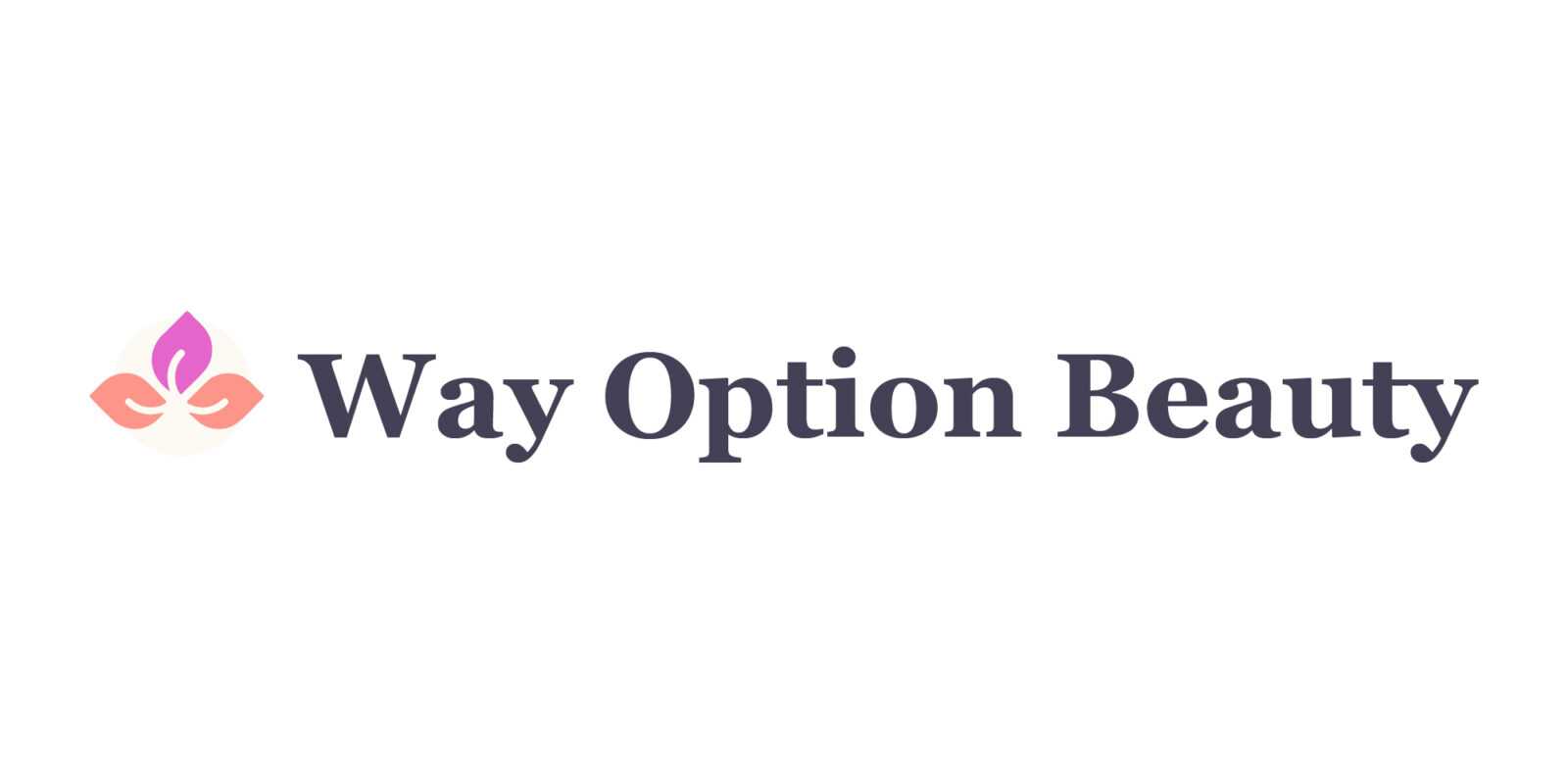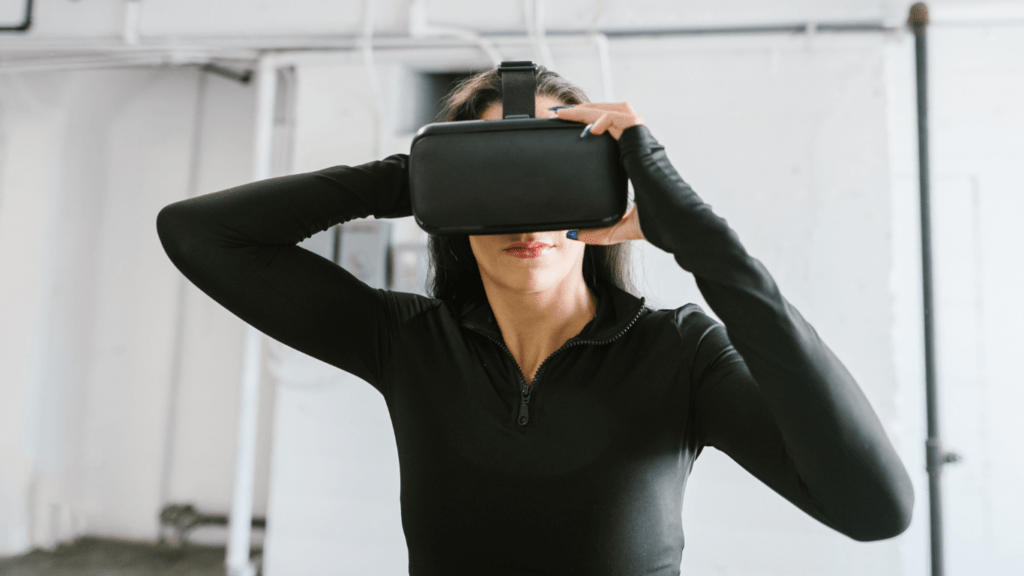Understanding AI and AR in the Beauty Industry
Artificial intelligence (AI) and augmented reality (AR) are revolutionizing how consumers interact with beauty products. These technologies offer new ways to experience and personalize beauty routines.
What is AI?
AI refers to the simulation of human intelligence in machines. It enables systems to learn from data, identify patterns, and make decisions. In the beauty industry, AI algorithms analyze a user’s skin type, tone, and texture to recommend suitable products. Additionally, AI image generator tools are being used to create virtual makeup trials, allowing users to visualize how products will look on their skin before purchasing. For instance, AI-powered skincare apps suggest personalized routines by examining user-uploaded photos. AI chatbots also offer customer support by answering questions about specific beauty products and routines.
What is AR?
AR overlays digital content in the real world through devices like smartphones and AR glasses. It enhances the user’s perception by adding virtual elements to their physical environment. In beauty, AR allows consumers to virtually try on makeup products. By using the device’s camera, users can see how various shades of lipstick or eyeshadow appear on their faces. For example, AR mirrors in physical stores let customers experiment with different looks without applying actual makeup. This reduces waste and helps users make informed purchasing decisions.
Transforming Beauty Routines with AI
AI is revolutionizing beauty routines by offering tailored experiences that cater to individual needs.
Personalized Skincare Solutions
AI-powered skincare apps analyze photos to provide customized skincare routines. These apps identify skin concerns such as:
- acne
- dryness
- hyperpigmentation
They suggest products adapted to specific skin types and conditions. For example, apps use machine learning to recommend moisturizers for dry skin or serums for blemishes. AI ensures recommendations evolve with changes in skin condition, allowing for dynamic updates.
Customized Makeup Recommendations
AI customizes makeup recommendations by analyzing facial features and skin tones. Apps use algorithms to suggest shades of foundation, lipstick, and eyeshadow that complement individual appearances. For instance, AI tools suggest the best lipstick shades based on lip shape and natural color. This technology minimizes trial and error, helping users find optimal products faster. Customized recommendations enhance user satisfaction and foster a personalized shopping experience.
Enhancing Customer Experience with AR

Augmented Reality (AR) redefines customer interaction in the beauty industry, offering engaging, personalized experiences.
Virtual Try-Ons
Virtual try-ons let customers experiment with makeup before purchase. Using AR, shoppers can see how different shades of lipstick, eyeshadow, and blush look on their faces via smartphone cameras or in-store tablets. This technology increases confidence in buying decisions and reduces product returns. L’Oréal’s AR platform, ModiFace, exemplifies this by providing realistic virtual makeovers, enhancing user satisfaction.
Augmented Reality Mirrors
AR mirrors combine traditional mirrors with digital overlays to enhance in-store experiences. These mirrors not only display how products appear on the skin but also offer step-by-step tutorials on makeup application. For example, Sephora’s Virtual Artist AR mirror allows customers to try thousands of cosmetic products digitally, providing instant feedback. This integration of AR mirrors helps consumers make informed choices, improves engagement, and streamlines the shopping process.
Benefits for Beauty Brands
AI and AR offer significant advantages for beauty brands, revolutionizing how they interact with customers and develop products.
Increased Customer Engagement
AI and AR enhance customer engagement, providing interactive and personalized experiences. Virtual try-ons let customers explore makeup options digitally, increasing their confidence in making purchases. People spending more time on these virtual platforms tend to show higher engagement levels. For example, Sephora’s Virtual Artist allows users to test thousands of products, resulting in longer interaction times and higher conversion rates.
Data-Driven Product Development
AI technology enables brands to analyze massive amounts of data, leading to better product development. Algorithms analyze customer feedback and preferences to identify trends and gaps in the market. This data-driven approach allows brands to create products that meet specific customer needs. For instance, customized skincare solutions are developed based on data insights from user interactions and preferences, resulting in highly targeted product lines.
Challenges and Considerations
AI and AR bring significant benefits to the beauty industry, yet they present several challenges.
Privacy Concerns
Privacy remains a critical issue. AI beauty apps often require personal data such as photos or skin condition details. If brands don’t secure this data, users may face privacy breaches. For instance, data leaks could expose sensitive information like acne or hyperpigmentation issues. Consumers worry about how companies use and store their data. Brands need transparent policies to gain consumer trust.
Technological Limitations
- Technological limitations affect AI and AR functionality.
- AR try-ons simulate makeup application, they can only be as accurate as the technology allows.
- Brief delays or low-resolution images diminish user satisfaction.
- Devices with older hardware may not support advanced AR features, restricting user access.
- AI algorithms, essential for personalized recommendations, depend on high-quality data to deliver accurate results.
- Limitations in these data sets can lead to inadequate product suggestions.
Future Trends in AI and AR for Beauty
Innovations are continuously shaping the beauty industry driven by AI and AR. These technologies are not just trends; they’re defining the future of personalized beauty experiences.
Innovations on the Horizon
Several groundbreaking innovations are poised to redefine the beauty landscape. Virtual dermatology is emerging as a game-changer, enabling at-home skin assessments using high-resolution cameras and AI algorithms. These tools analyze skin conditions and provide professional-level advice, making skincare accessible without needing to visit a clinic.
AI-powered beauty advisors offer another exciting innovation. By leveraging machine learning, these digital consultants deliver tailored product recommendations based on user data. For example, apps like YouCam Makeup analyze facial features and suggest individualized beauty routines, enhancing user satisfaction and engagement.
Furthermore, augmented reality mirrors are becoming more sophisticated. These mirrors allow users to see real-time AR overlays, simulating makeup application with unprecedented accuracy. For instance, companies like HiMirror are integrating advanced tracking sensors to improve the realism and precision of virtual try-ons.
Potential Market Growth
The integration of AI and AR into beauty isn’t just a technological shift; it’s a market catalyst. Reports indicate that the global beauty tech market could reach $150 billion by 2028, largely driven by AI and AR adoption. As more consumers seek personalized experiences, brands investing in these technologies see significant returns.
Increased personalization is a key driver. AI algorithms analyze vast troves of data to identify trends and preferences, enabling brands to develop hyper-targeted product lines. Sephora, for instance, has seen substantial growth by leveraging AI-driven insights to create customized solutions for their customers.
AR technology contributes to market expansion by reducing product returns and increasing customer satisfaction. Virtual try-ons ensure consumers make confident purchases. Statistics reveal that brands utilizing AR experience up to a 30% decrease in product returns, further validating the market potential.
Investments in AI and AR are not only enhancing consumer experiences but also paving the way for new market opportunities in the beauty sector.



